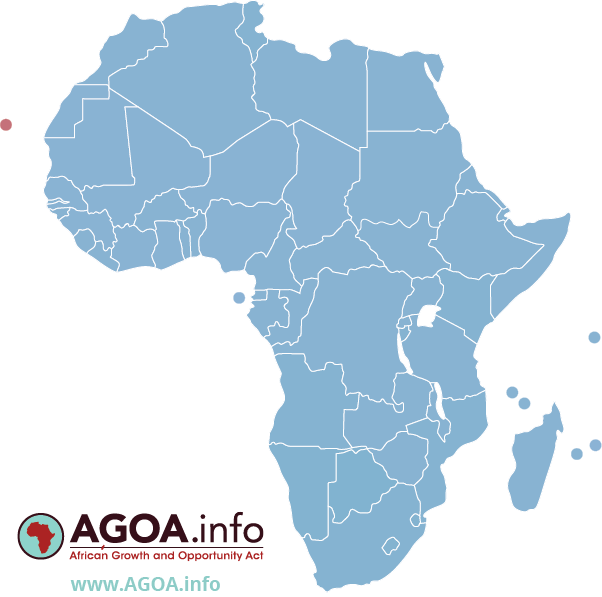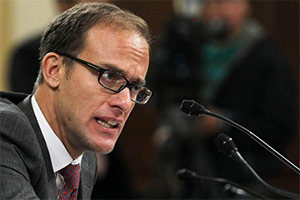Country Info: Cape Verde

Bilateral Trade by Sector: United States - Cape Verde
Value ('1000 dollars), US 'domestic exports' *, US 'imports for consumption' / Includes year-to-date data
Economic Background
Cabo Verde’s economy depends on development aid, foreign investment, remittances, and tourism.
The economy is service-oriented with commerce, transport, tourism, and public services accounting for about three-fourths of GDP. Tourism is the mainstay of the economy and depends on conditions in the euro-zone countries.
Cabo Verde annually runs a high trade deficit financed by foreign aid and remittances from its large pool of emigrants; remittances as a share of GDP are one of the highest in Sub-Saharan Africa.
Although about 40% of the population lives in rural areas, the share of food production in GDP is low. The island economy suffers from a poor natural resource base, including serious water shortages, exacerbated by cycles of long-term drought, and poor soil for growing food on several of the islands, requiring it to import most of what it consumes.
The fishing potential, mostly lobster and tuna, is not fully exploited.
Economic reforms are aimed at developing the private sector and attracting foreign investment to diversify the economy and mitigate high unemployment. The government’s elevated debt levels have limited its capacity to finance any shortfalls.
GDP - composition, by sector of origin
agriculture: 8.9% (2017 est.)
industry: 17.5% (2017 est.)
services: 73.7% (2017 est.)
Agricultural products
sugar cane, tomatoes, bananas, cabbages, coconuts, cassava, pulses nes, vegetables, milk, goat milk
Industries
food and beverages, fish processing, shoes and garments, salt mining, ship repair
Industrial production growth rate
2.9% (2017 est.)
(Source: World Factbook, 2021)


